The 1970s were a groundbreaking era for cinema, with directors pushing boundaries and exploring themes that were often dark, ambiguous, or outright shocking. While these endings reflected the bold storytelling of the time, many of them wouldn’t fly in today’s world of test screenings and audience-friendly resolutions. Whether it’s due to shifting societal values, modern storytelling conventions, or just a preference for closure, these 12 movie endings from the ’70s feel like they’d be rewritten—or at least reimagined—if they were made today.
1. “One Flew Over the Cuckoo’s Nest” (1975)
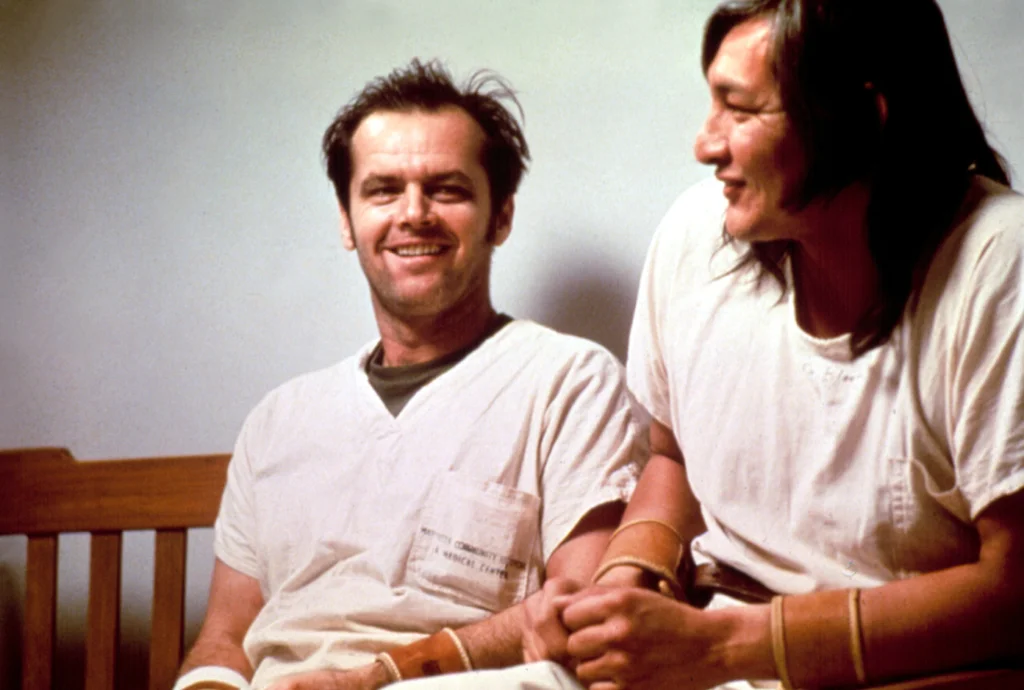
The film’s heartbreaking conclusion sees Randle McMurphy (Jack Nicholson) lobotomized after defying Nurse Ratched’s authority. Chief Bromden (Will Sampson) smothers McMurphy to end his suffering and escapes the institution, leaving the audience with a mix of hope and despair.
Today, filmmakers might emphasize the triumph of Chief’s escape more explicitly or find a way to spare McMurphy’s fate. The original ending’s emotional complexity and critique of institutional power remain poignant, but a modern audience might demand more hope for the characters’ futures.
2. “The Parallax View” (1974)

This paranoid political thriller ends with investigative journalist Joe Frady (Warren Beatty) uncovering a shadowy conspiracy behind political assassinations—only to be framed and killed by the very organization he’s investigating. The final scene chillingly concludes that Frady acted alone, and the corrupt system remains intact and untouched. The bleak, hopeless ending underscores the film’s themes of systemic corruption and the futility of resistance.
In today’s era of more overt political commentary and calls for accountability, a modern rewrite might see Frady’s story inspire a movement or lead to cracks in the conspiracy. Audiences today often seek closure or some form of justice, even if it’s small, against oppressive systems. While the original’s nihilism is a hallmark of ’70s cinema, a contemporary approach might lean into hope, giving viewers a reason to believe that change is possible.
3. “Chinatown” (1974)
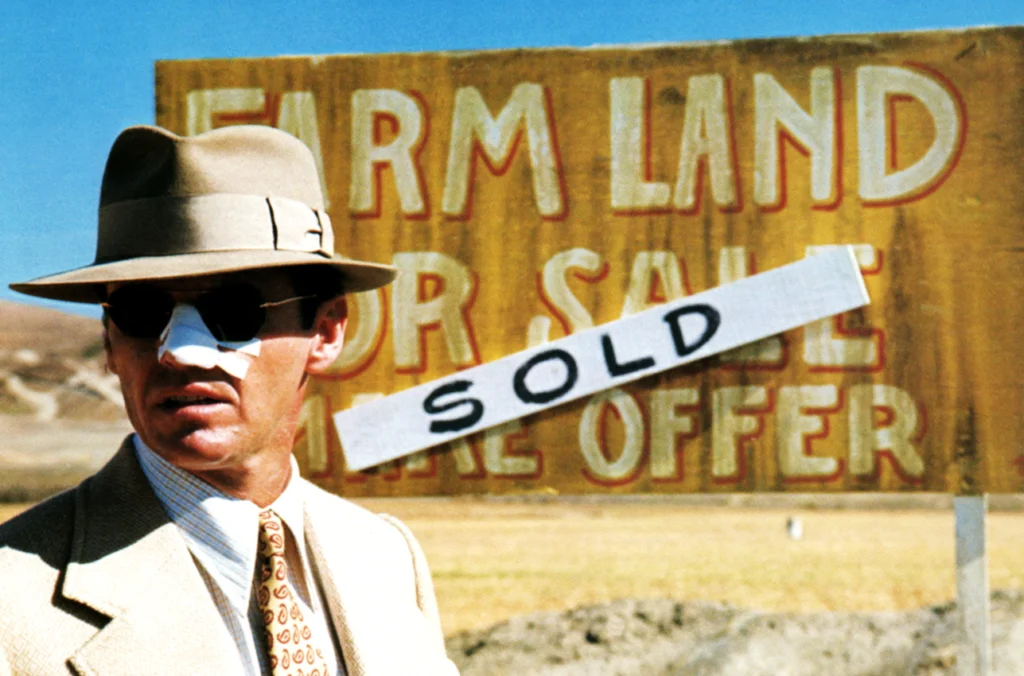
Roman Polanski’s neo-noir classic ends with one of the most devastating final lines in film history: “Forget it, Jake. It’s Chinatown.” After detective Jake Gittes (Jack Nicholson) tries to save Evelyn Mulwray (Faye Dunaway) from her corrupt, abusive father, she is killed, and her father takes custody of her daughter. The ending is bleak, reflecting the futility of fighting systemic corruption and personal evil.
Today, audiences tend to prefer a glimmer of hope or justice, even in noir-inspired stories. A modern take might see Jake succeed in protecting Evelyn or expose the villain, giving viewers some sense of catharsis. The original ending’s moral ambiguity is a hallmark of ’70s storytelling, but today’s audiences might demand a more satisfying resolution to such a harrowing tale.
4. “The Wicker Man” (1973)
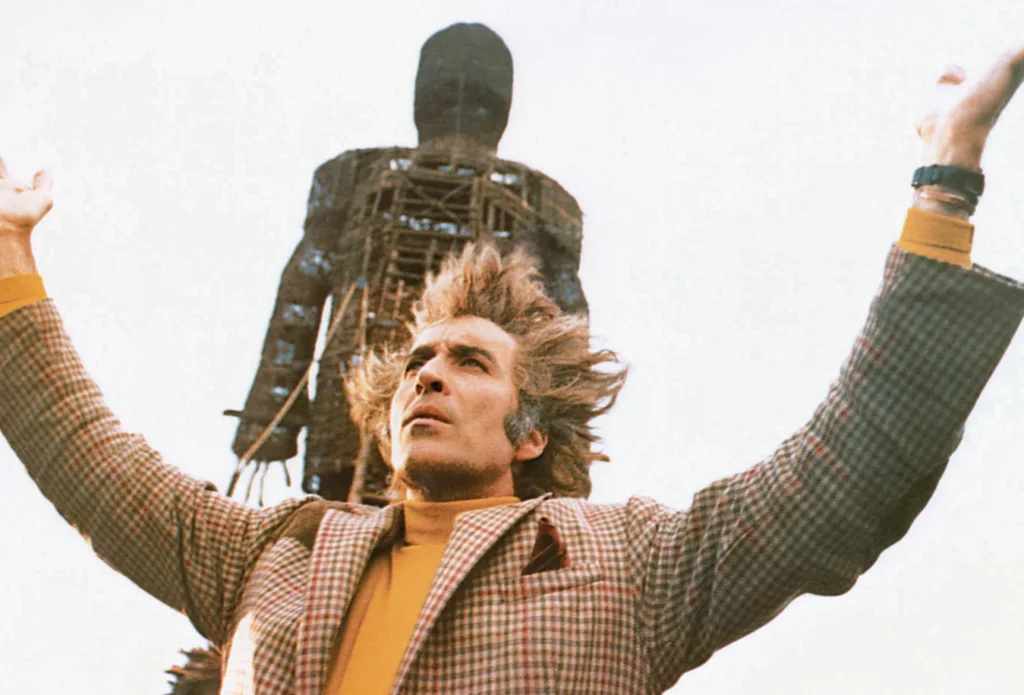
This cult horror classic ends with police sergeant Neil Howie (Edward Woodward) being burned alive as a human sacrifice to appease the pagan gods of the remote island he’s investigating. His pleas to the townspeople and his faith in divine intervention go unanswered as the flames engulf him, leaving the audience with a sense of horror and futility. It’s an unforgettable conclusion that emphasizes the stark clash between belief systems and the unyielding power of ritualistic tradition.
A modern rewrite might give Howie a fighting chance to escape or add a twist where his death has unforeseen consequences for the cult. Today’s audiences often expect the protagonist to outsmart the antagonists or at least to leave behind a legacy that challenges the status quo. While the original’s nihilism and inevitability are its strengths, a reimagined ending might explore how faith or resilience could tip the scales in such a bleak scenario.
5. “The Stepford Wives” (1975)
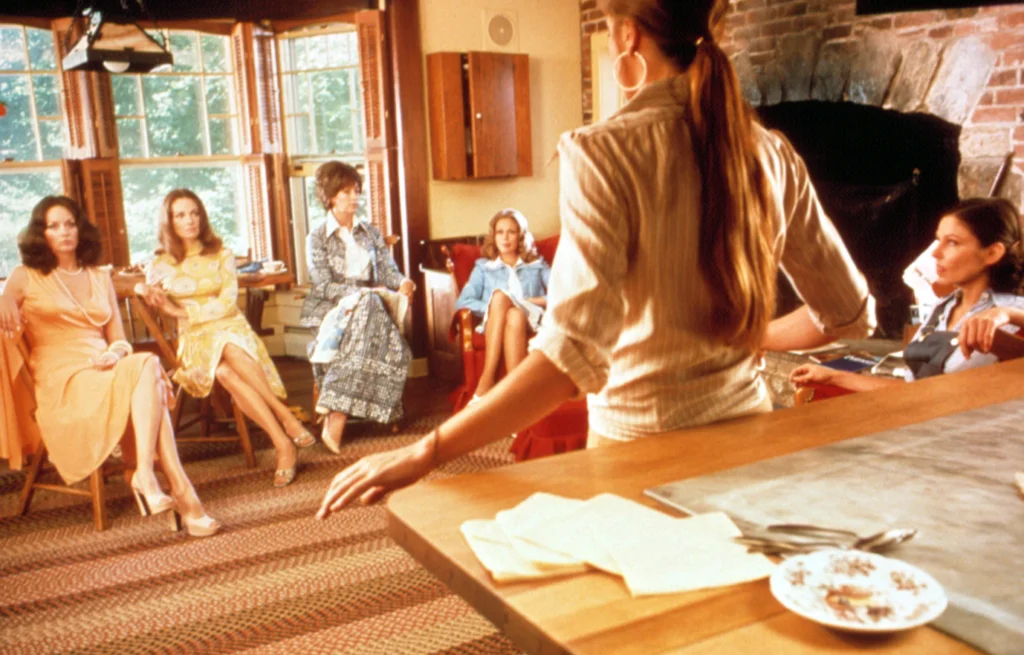
In this satirical horror classic, Joanna (Katharine Ross) discovers that the women in Stepford are being replaced with docile, submissive robots by their husbands. The film ends with Joanna presumably meeting the same fate, with the camera showing the roboticized women cheerfully shopping together in a chilling tableau.
A modern version would likely give Joanna more agency or a chance to fight back. In today’s climate of empowering female protagonists, audiences might expect her to expose the conspiracy or lead a rebellion rather than succumb to it. The original ending’s commentary on gender roles is powerful, but a contemporary rewrite might lean into a more triumphant or hopeful resolution.
6. “Planet of the Apes” (1968)
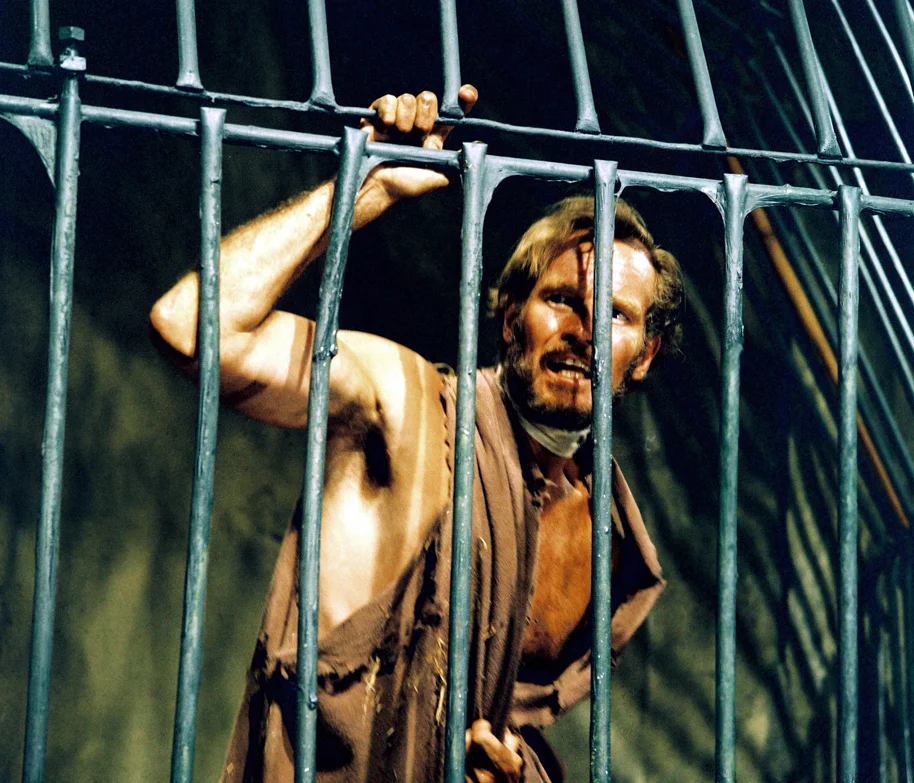
While technically from 1968, this sci-fi classic had a massive cultural impact well into the ’70s. The iconic ending reveals that the ape-dominated world was actually a post-apocalyptic Earth all along, as Charlton Heston’s Taylor stumbles upon the ruins of the Statue of Liberty. It’s a bleak, shocking twist that leaves no room for hope.
Today’s audiences, accustomed to sequels and franchise-building, might demand a glimmer of potential for humanity’s survival. A modern rewrite might tease a possible solution to Earth’s desolation or a chance for coexistence between humans and apes. The original ending’s nihilism, while powerful, might feel too final in an era of interconnected storytelling.
7. “The French Connection” (1971)

This gritty crime thriller ends with detective Popeye Doyle (Gene Hackman) mistakenly killing an FBI agent and continuing his obsessive pursuit of a drug kingpin, despite the futility of his mission. The abrupt, unresolved conclusion leaves the audience questioning whether Popeye’s relentless nature is heroic or tragic.
In a modern rewrite, audiences might expect some form of closure, whether it’s Popeye catching the villain or facing consequences for his actions. The ’70s embrace of ambiguity and flawed heroes might give way to a more definitive statement on justice or personal obsession in a contemporary version.
8. “Carrie” (1976)
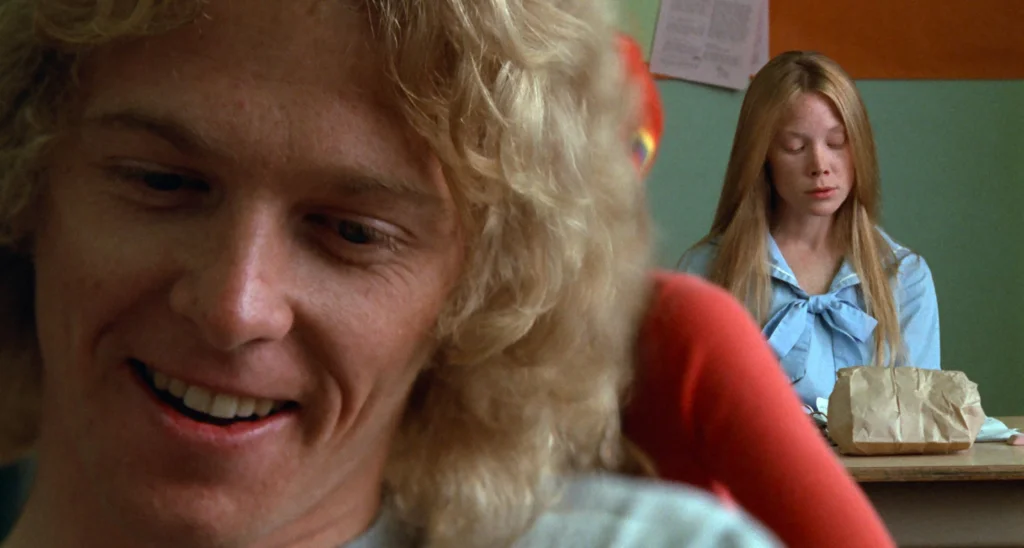
Brian De Palma’s Carrie ends with a shocking twist as the hand of the titular character bursts from her grave in a nightmare sequence. This jarring moment was designed to leave audiences shaken, and it succeeded in becoming one of the most iconic horror endings of all time.
Modern horror films tend to lean into either open-ended setups for sequels or definitive resolutions. A modern rewrite might clarify whether the ending was real or purely psychological, or it might set the stage for Carrie’s potential return. The ambiguity of the original ending, while effective, might not satisfy today’s appetite for interconnected cinematic universes.
9. “Dog Day Afternoon” (1975)
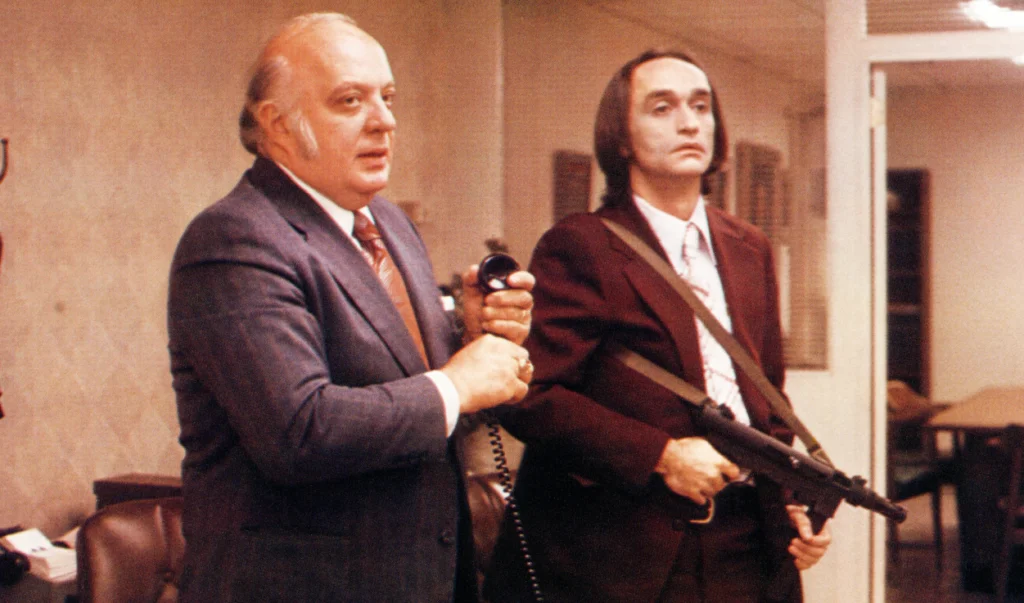
This true-crime drama ends with Sonny (Al Pacino) being arrested after his failed bank robbery, while his accomplice is killed by police. The film offers no redemption or resolution for Sonny, leaving the audience to reflect on his desperation and flawed humanity.
A contemporary rewrite might explore more of Sonny’s backstory or offer him a chance at redemption. Modern audiences often prefer a clearer arc for protagonists, even anti-heroes, rather than the stark realism of a tragic ending.
10. “Network” (1976)
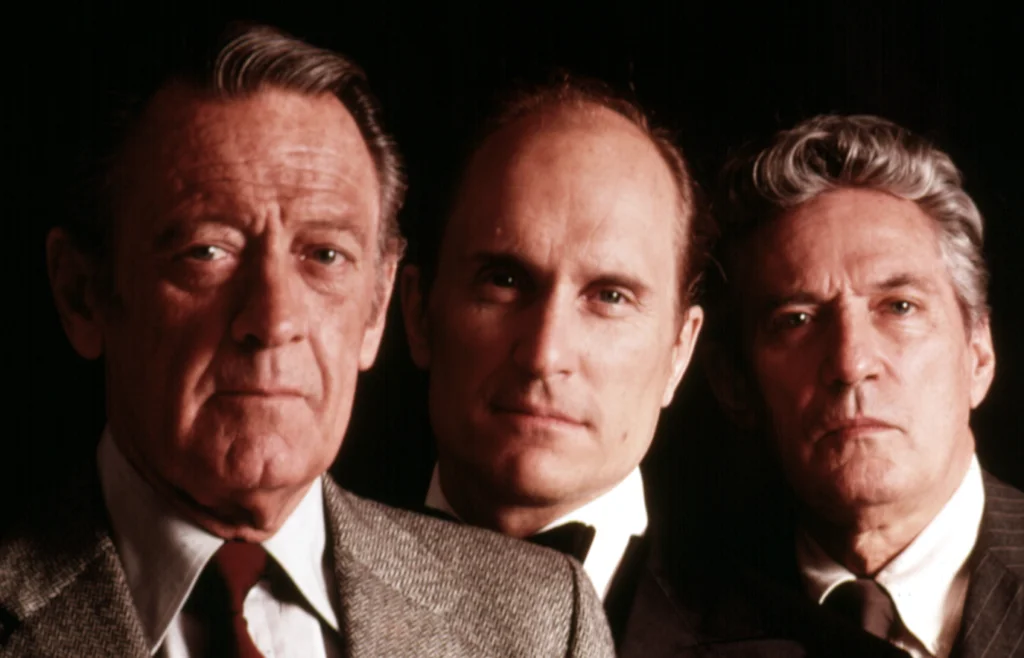
This biting satire concludes with Howard Beale (Peter Finch) being assassinated on live television to boost ratings, cementing the film’s critique of corporate greed and media exploitation. The ending is dark, uncompromising, and eerily prescient.
In today’s world of media-driven outrage, a modern rewrite might soften the ending or focus more on the aftermath of Beale’s death. While the original’s impact is undeniable, contemporary filmmakers might feel pressured to offer a sliver of hope or reform.
11. “Soylent Green” (1973)
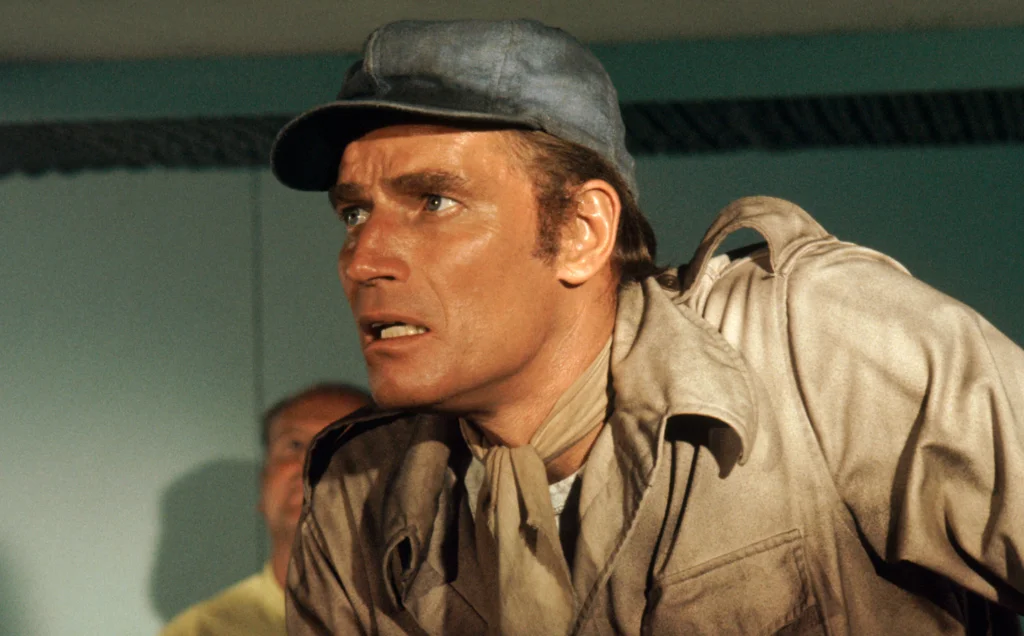
This dystopian sci-fi classic ends with the unforgettable revelation: “Soylent Green is people!” Charlton Heston’s Detective Thorn discovers that the food source sustaining the overpopulated world is made from human remains. The film concludes on a bleak and horrifying note, with Thorn injured and unable to do much beyond screaming the truth to a society that likely won’t change.
A modern rewrite might delve deeper into the aftermath of Thorn’s revelation. Would the people rise up and demand change? Could Thorn expose the truth in a more definitive way? Today’s audiences often prefer stories of rebellion and resistance, so a contemporary version might transform this chilling ending into a rallying cry for revolution rather than a cry of despair.
12. “Apocalypse Now” (1979)
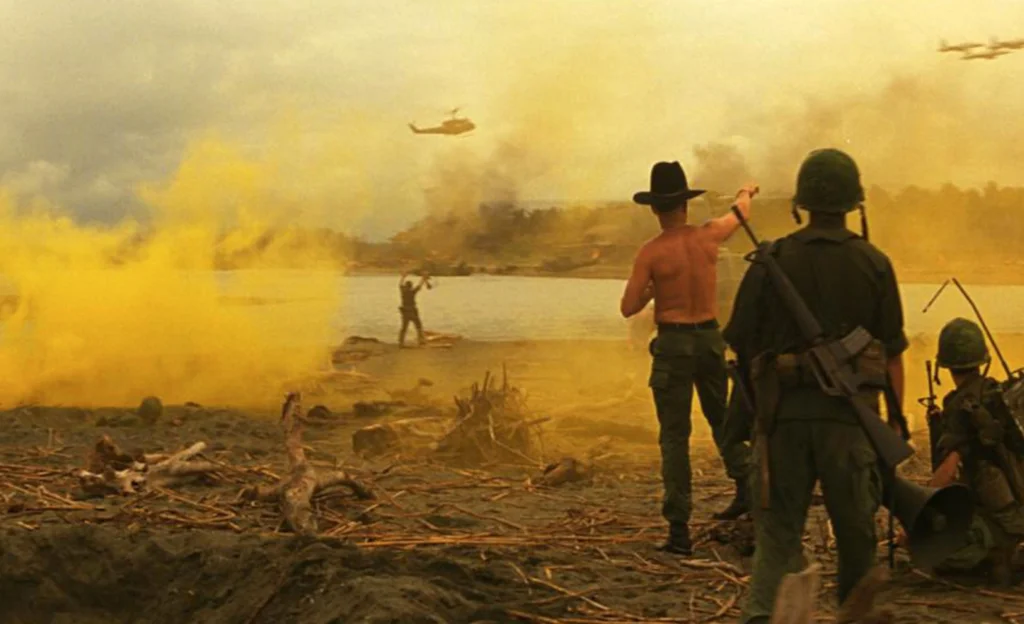
Francis Ford Coppola’s war epic concludes with Captain Willard (Martin Sheen) assassinating Colonel Kurtz (Marlon Brando) and walking away, leaving the future of the war—and Willard’s own fate—unclear. The surreal, dreamlike ending leaves much to interpretation.
A modern take might provide more closure, either by exploring Willard’s reintegration into society or delving into the aftermath of Kurtz’s death. The original’s ambiguity fits its themes of madness and chaos, but today’s storytelling often leans toward tying up loose ends for audiences.
These endings reflect the boldness of ’70s filmmaking, but they also highlight how much audience expectations have shifted. Which of these would you rewrite, and which ones still resonate as they are? Let’s celebrate the daring storytelling of the past while imagining how it might evolve today.


